As a passionate wildflower enthusiast with years of experience exploring Pennsylvania’s diverse landscapes, my heart always skips a beat when I stumble upon the enchanting common orange blooms.
The meadows come alive with their vibrant hues, and each flower tells a unique story of resilience and adaptation. My experience wandering through these floral tapestries has deepened my appreciation for the ecological significance of these native treasures.
I believe that every petal holds a secret waiting to be unraveled, a testament to the beauty and strength of nature’s creations. Join me in discovering the hidden wonders of Pennsylvania’s orange wildflowers.
Key Takeaways
- Orange Hawkweed and Butterfly Weed bloom in summer to early fall.
- Spotted Touch-Me-Not thrives in shady to partially sunny habitats.
- Wood Lily and Michigan Lily attract bees and butterflies.
- Conservation efforts are crucial for protecting biodiversity and wildlife in Pennsylvania.
Orange Hawkweed
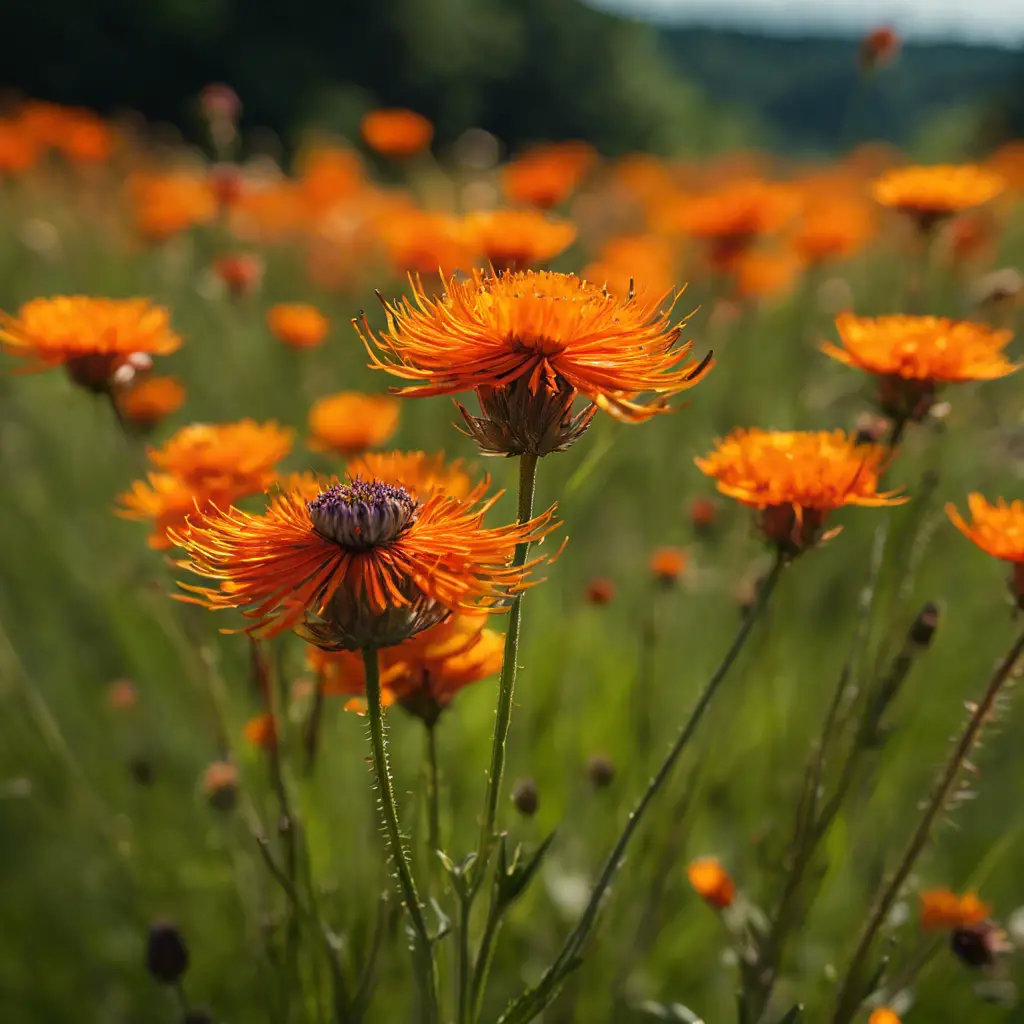
Orange Hawkweed, scientifically known as Hieracium aurantiacum, is a striking perennial wildflower that reaches heights of 10-24 inches and blooms from summer through early fall. Also referred to as Orange Hawkbit or Devils Paintbrush, this wildflower prefers full sun or partial shade. Its vibrant orange flowers and hairy stems make it a distinctive addition to gardens or natural landscapes.
Originally native to Europe, Orange Hawkweed has become invasive in some regions, outcompeting native plants and altering ecosystem structures. When considering common orange wildflowers in Pennsylvania, the Orange Hawkweed stands out not only for its beauty but also for its ability to thrive and spread rapidly in various environments, posing challenges for local biodiversity.
Spotted Touch-Me-Not

Spotted Touch-Me-Not, scientifically identified as Impatiens capensis, is a native orange wildflower found in Pennsylvania. This annual plant can reach heights of 24-60 inches and typically blooms during the summer months.
Thriving in shady to partially sunny habitats, Spotted Touch-Me-Not is hardy in USDA zones 2-11. Also known as Orange Balsam or Orange Jewelweed, it boasts vibrant orange flowers that serve as a magnet for pollinators.
An intriguing feature of this plant is its unique exploding seed pods, which disperse seeds with a popping sound, adding a whimsical element to garden landscapes. Observing Spotted Touch-Me-Not in its natural environment can provide a fascinating insight into the wonders of native flora.
Butterfly Weed
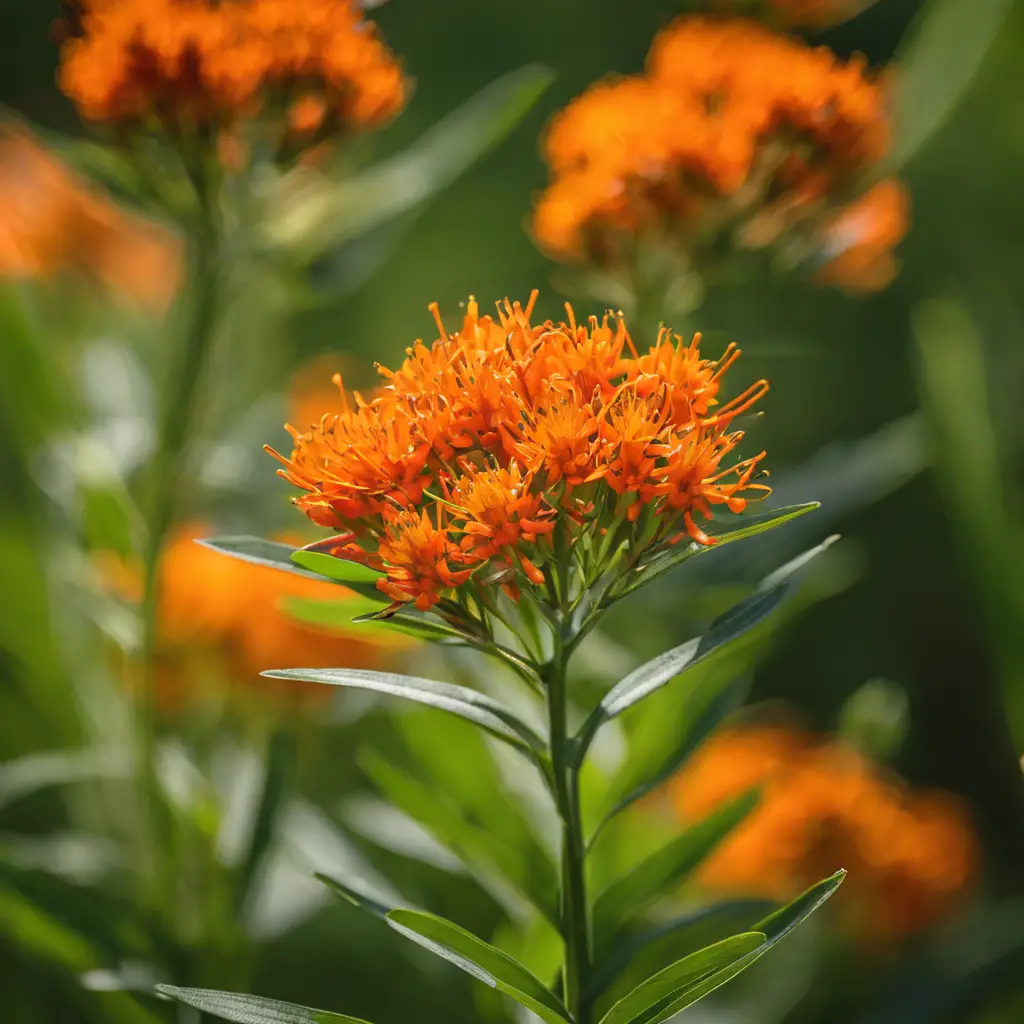
Native to Pennsylvania, the perennial orange wildflower known scientifically as Asclepias tuberosa, Butterfly Weed, blooms vibrantly from summer to early fall, attracting a variety of pollinators.
This plant, also referred to as Orange Hawkweed, grows to a mature height of 18-36 inches, thriving in sunny to partially shaded areas. Its striking orange flowers serve as a vital food source for butterflies, bees, and other insects.
As a crucial host plant for Monarch butterflies, Butterfly Weed plays a significant role in supporting their life cycle. Low maintenance and adaptable, this wildflower is an ideal choice for enhancing the visual appeal and ecological diversity of gardens throughout Pennsylvania.
Wood Lily
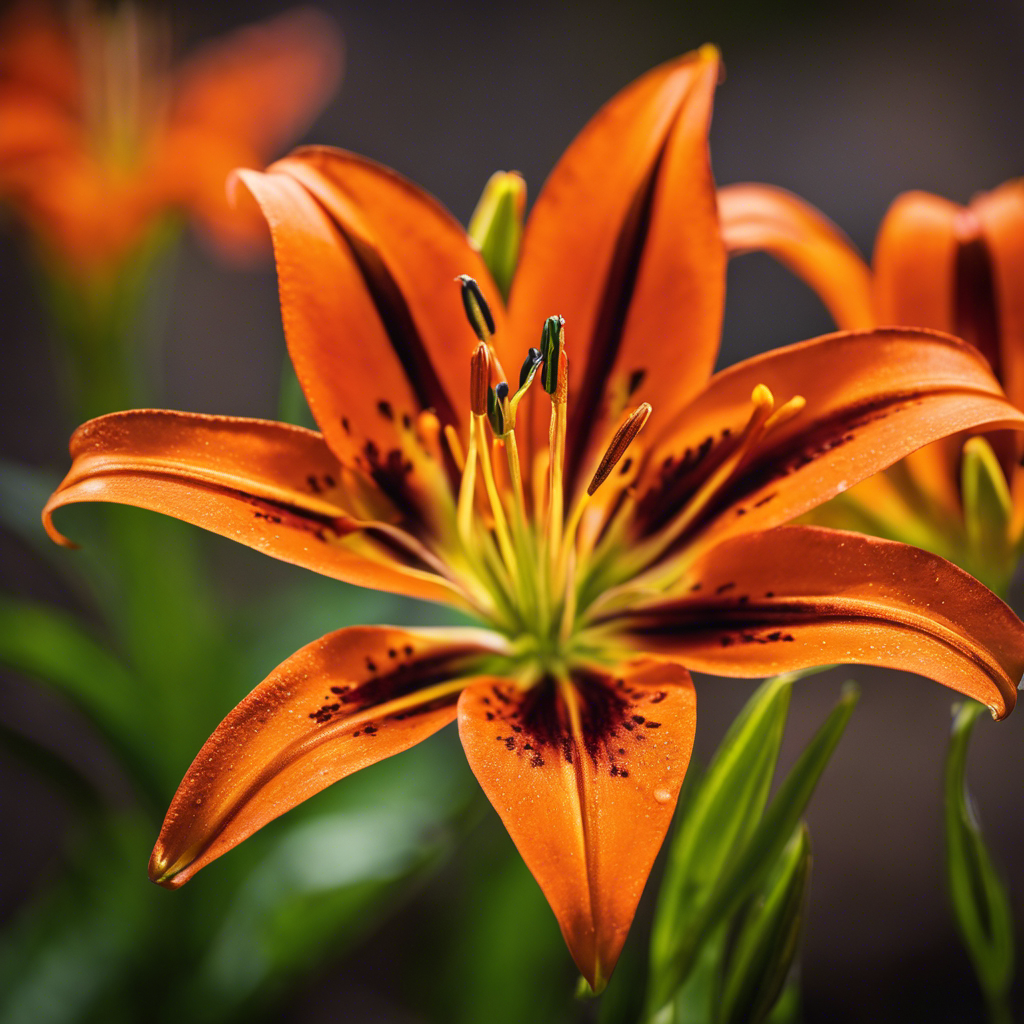
Wood Lily, also known as Lilium philadelphicum, thrives in various habitats across Pennsylvania, adding a vibrant splash of color to the landscape. Here are some common characteristics of the Wood Lily:
- Perennial Beauty: Wood Lily is a common perennial orange wildflower native to Pennsylvania.
- Height and Blooming Period: It typically grows between 12-36 inches tall and blooms from mid-summer to late summer.
- Preferred Environment: Thriving in full sun or partial shade, Wood Lily attracts pollinators like bees and butterflies.
- Regional Names: In Pennsylvania, this striking orange wildflower is also known as Red Lily or Prairie Lily.
Wood Lily enriches meadows, open woods, and gardens with its vibrant hues, making it a common and cherished sight in the state.
Michigan Lily
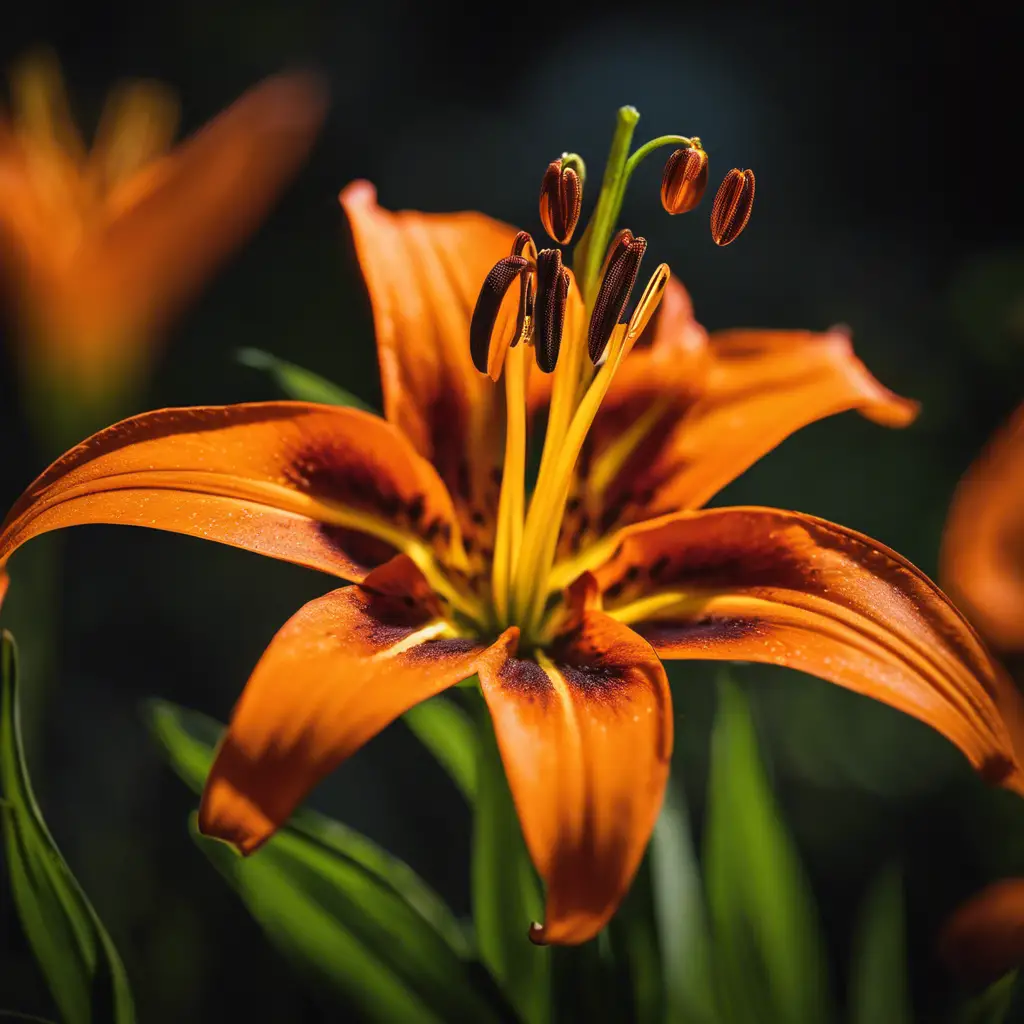
The Michigan Lily, scientifically referred to as Lilium michiganense, stands out as a perennial wildflower known for its vibrant orange blooms and impressive height, reaching up to 18-48 inches tall. Blooming from early to mid-summer, this native wildflower adds a burst of orange color to the landscape.
Thriving in USDA Hardiness Zones 2-7, the Michigan Lily prefers full sun or partial shade for optimal growth. Its striking orange flowers attract essential pollinators such as bees and butterflies, contributing to the local ecosystem’s biodiversity.
Whether in gardens or natural areas, the Michigan Lily’s tall stature and vivid orange blooms make it a captivating choice for those looking to enhance their surroundings with a touch of vibrant color.
Blanket Flower
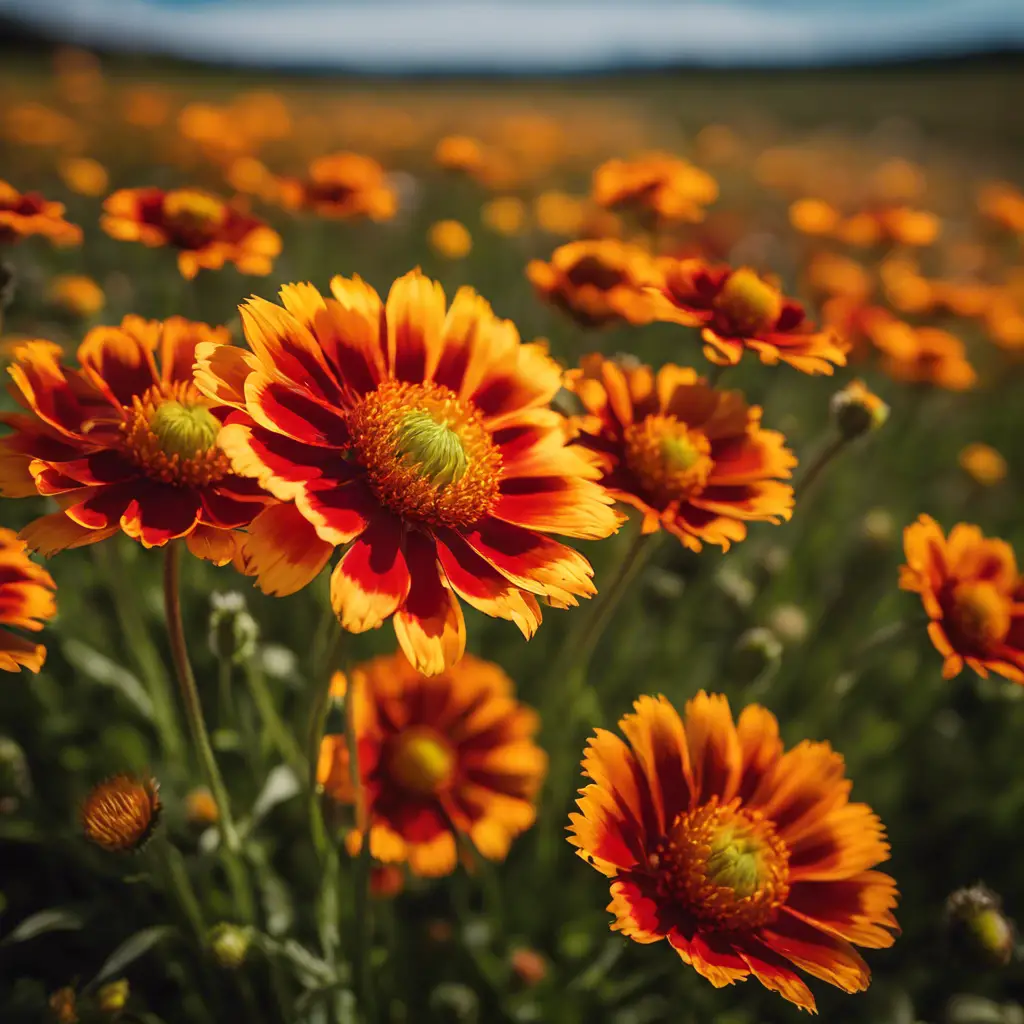
Emerging as another vibrant addition to the array of orange wildflowers in Pennsylvania, the Blanket Flower, scientifically known as Gaillardia pinnatifida, blooms from late June through August, enriching the local landscape with its striking colors and attracting essential pollinators.
Here are some key points about the Blanket Flower:
- Colorful Blooms: The Blanket Flower adds vibrant orange hues to the environment.
- Pollinator Magnet: This native wildflower attracts bees and butterflies with its nectar-rich flowers.
- Drought-Tolerant: Blanket Flower is resilient in dry conditions, making it a hardy choice.
- Garden Favorite: With its daisy-like appearance, featuring orange-red petals and yellow centers, Blanket Flower is a popular selection for gardens due to its long blooming period and low maintenance requirements.
Orange Milkwort
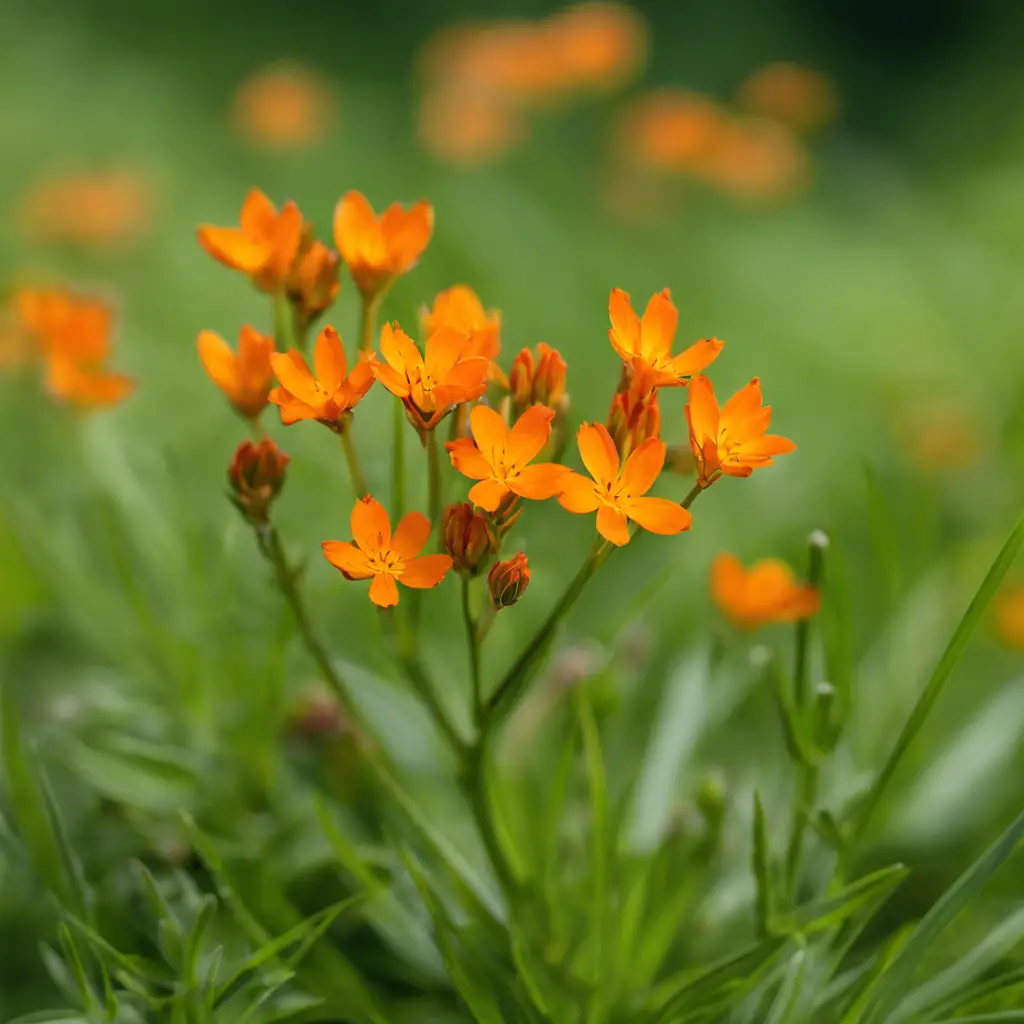
Orange Milkwort, scientifically known as Polygala lutea, blooms in fall, spring, and summer, showcasing its vibrant orange petals in landscapes and gardens across USDA Hardiness Zones 6-9.
This native plant, also referred to as Candy Weed, Bog Cheetos, and Red-hot Poker, is a biennial or annual herbaceous plant that typically reaches a height of 8-20 inches.
Thriving in full sun or partial shade, Orange Milkwort adds a striking orange hue to the surroundings. Its unique color and shape make it a beautiful addition to gardens, where it attracts pollinators.
This wildflower’s presence not only enhances the aesthetic appeal but also contributes to the biodiversity of the area, making it a valuable choice for native plant enthusiasts.
Orange-fringed Orchid
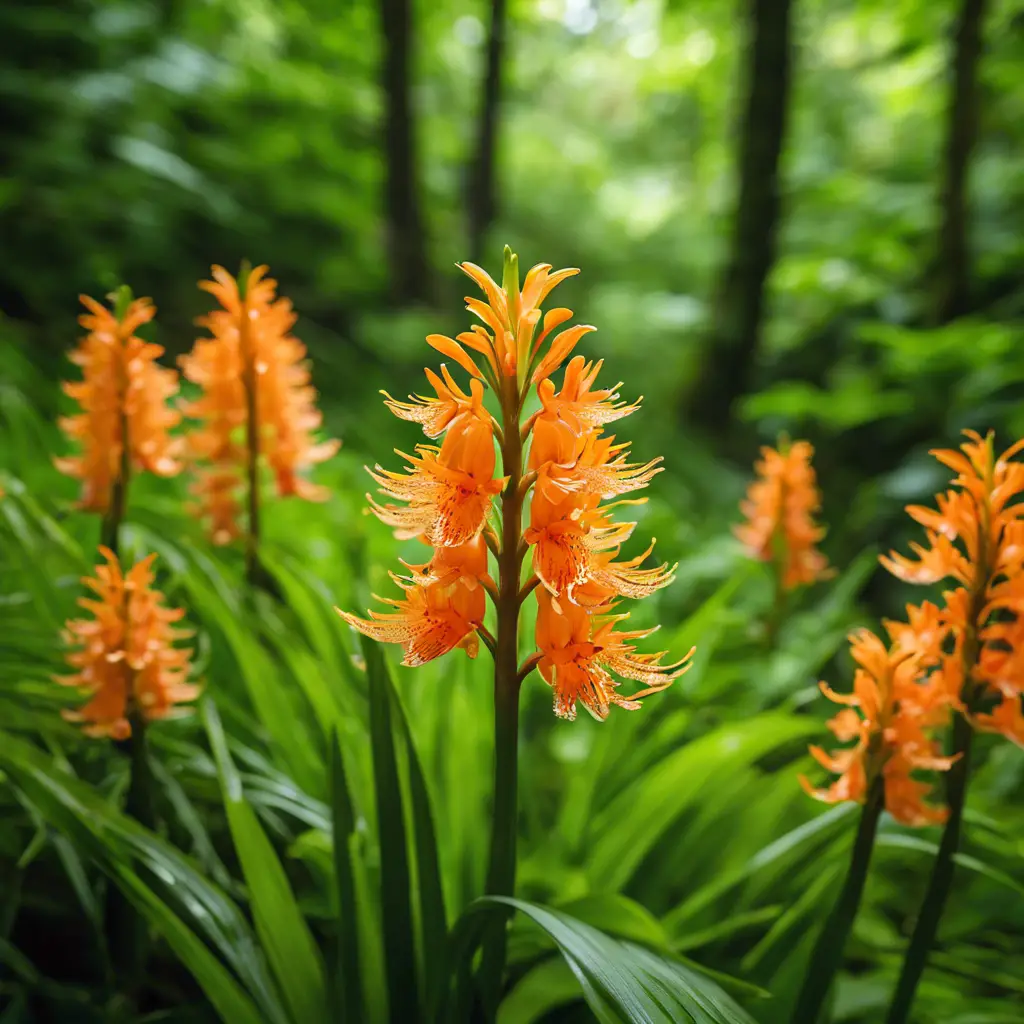
Native to Pennsylvania and sharing a similar vibrant orange hue, another captivating wildflower that thrives in the state’s ecosystems is the Orange-fringed Orchid. This perennial plant, scientifically known as Platanthera ciliaris, graces the landscape with its striking appearance and crucial ecological role. Here’s why the Orange-fringed Orchid stands out:
- Native American Significance: Historically, Native American tribes valued the Orange-fringed Orchid for its medicinal properties and symbolic importance in rituals.
- Pollinator Support: This wildflower serves as a vital food source for pollinators, aiding in their survival and contributing to the ecosystem’s health.
- Blooming Period: The Orange-fringed Orchid blooms during the summer and fall months, adding a splash of vibrant color to Pennsylvania’s natural surroundings.
- Height and Appearance: Growing up to 24-35 inches tall, the orchid’s fringed petals and orange plume make it a visually stunning addition to the region.
Tropical Milkweed
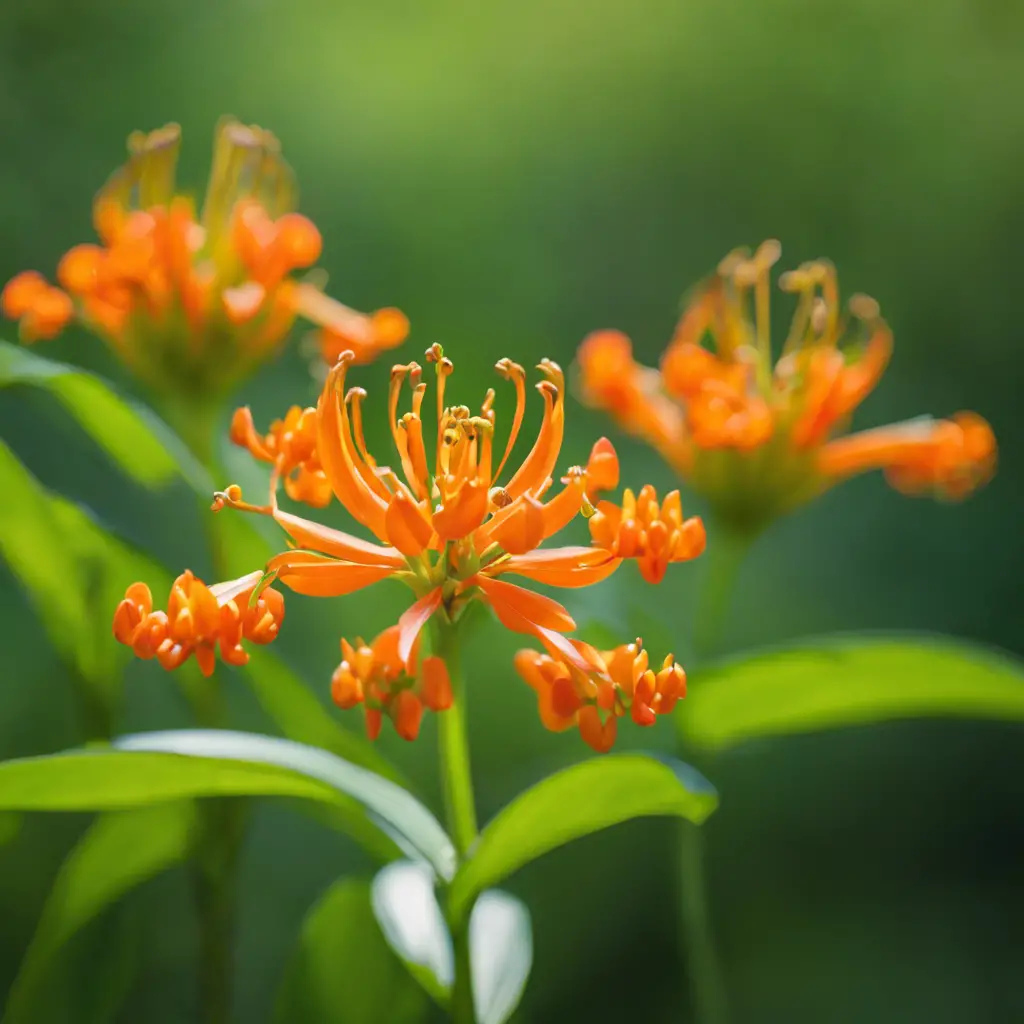
Tropical Milkweed, scientifically referred to as Asclepias curassavica, is a perennial plant distinguished by its vibrant orange-red flowers and a distinctive yellow star-shaped crown. This plant thrives in USDA Hardiness Zones 8b-11, reaching a mature size of 24-48 inches tall and blooming from late Spring to early Fall. However, caution is advised as Tropical Milkweed is considered invasive in many areas, posing a threat to Monarch Butterflies due to the OE parasite it may harbor. To mitigate this risk, cutting back the plant and disposing of cuttings is recommended. Opting for native milkweed species supports local ecosystems and attracts native pollinators, safeguarding wildlife. Below is a table highlighting key facts about Tropical Milkweed:
| Tropical Milkweed | |
|---|---|
| Flower Color | Orange |
| Crown Color | Yellow |
| Height | 24-48″ |
Frequently Asked Questions
What Are the Orange Wildflowers in Pa?
When exploring orange wildflowers in PA, you’ll discover a variety like Orange Hawkweed, Spotted Touch-Me-Not, Butterfly Weed, Wood Lily, and Michigan Lily. These vibrant blooms vary in zones, sizes, cycles, and sun needs.
What Wildflower Is Orange?
Orange Hawkweed, scientifically known as Hieracium aurantiacum, is a vibrant orange wildflower found in Pennsylvania. With hairy stems and striking red-orange flowers blooming from June to August, it thrives in meadows, fields, and open woods.
Is Mock Orange Native to Pa?
Yes, Mock Orange (Philadelphus coronarius) is not native to Pennsylvania. It is a deciduous shrub with fragrant white flowers that resemble orange blossoms. Introduced from Europe, it’s common in gardens but not native to PA.
What Are the Orange Flowers on the Side of the Road?
You notice vibrant orange blooms lining Pennsylvania’s roadsides. These flowers, like Orange Hawkweed and Butterfly Weed, attract pollinators and add bursts of color. Blooming in summer, they enhance the landscape’s beauty and biodiversity.
Conclusion
In conclusion, Pennsylvania is home to a variety of striking orange wildflowers that not only enhance the natural beauty of the landscape but also play a vital role in supporting local ecosystems.
From the vibrant Orange Hawkweed to the delicate Orange-fringed Orchid, these flowers provide food and habitat for a diverse range of wildlife.
By preserving and appreciating these common orange wildflowers, we can help maintain the delicate balance of nature in Pennsylvania.

An avid ornithologist, zoologist and biologist with an unwavering passion for birds and wild animals.
Dr. Wilson’s journey in ornithology began in childhood and led him to obtain a Ph.D. in Ornithology from the prestigious Avian Research Institute. He has worked closely with renowned experts in the field and conducted extensive research and field studies globally.

